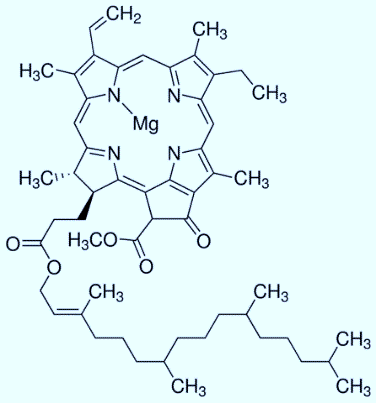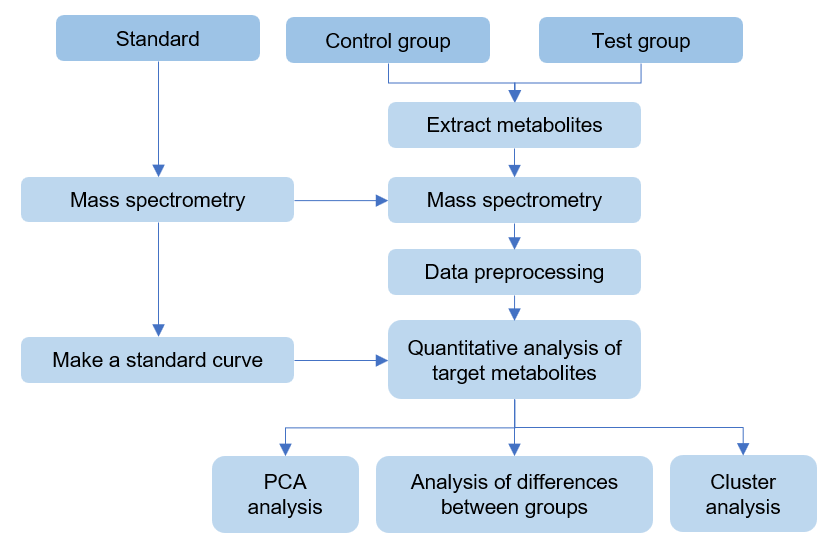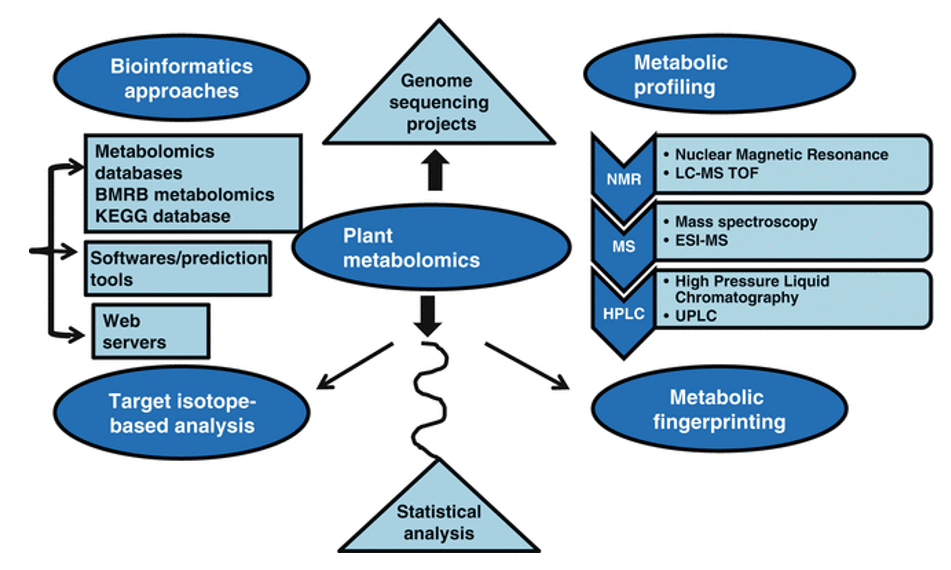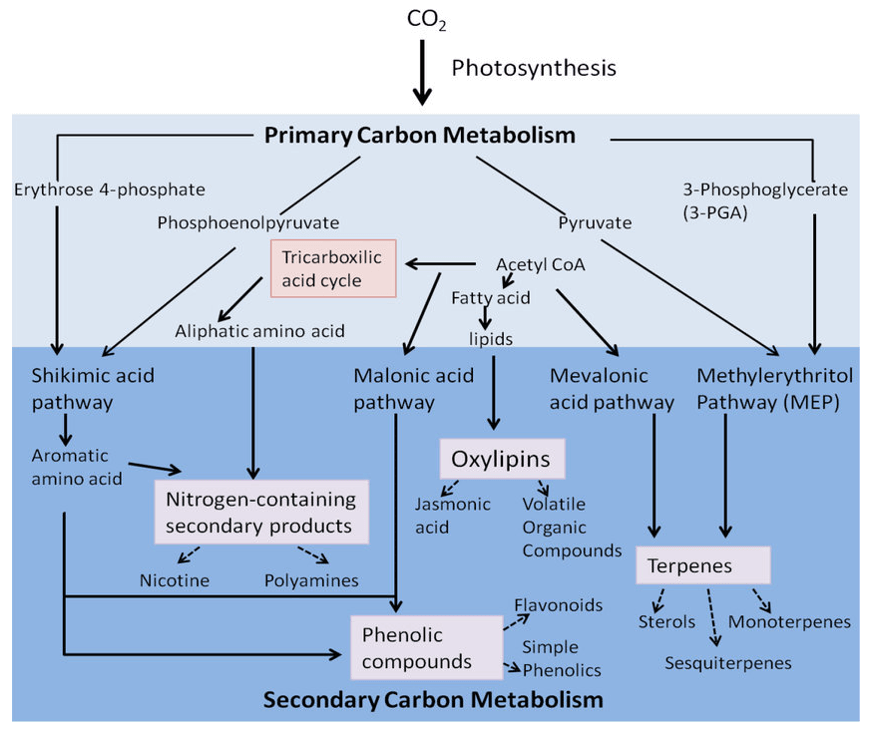Chlorophyll a Analysis Service
Submit Your InquiryChlorophyll a, an organic compound, is a waxy solid.
Its molecular formula is C55H72MgN4O5.
Its CAS number is 479-61-8.
Chlorophyll a exists in all green plants, and the maximum absorption band is red light and blue-violet light.
In photosynthesis, the role of most of chlorophyll is to absorb and transmit light energy, and only a few chlorophyll a in the excited state can convert light energy into electrical energy.
Chlorophyll a is one of the important pigments of phytoplankton. It accounts for 1% to 2% of the dry weight of organic matter. It is an indicator for estimating primary productivity and biomass, and it is also a must-test item for red tide monitoring.
 Molecular structure of chlorophyll a
Molecular structure of chlorophyll a
Chlorophyll a is an edible green pigment used in cakes, beverages, liqueurs, etc.
Chlorophyll a also has a positive effect on the human body. It is the direct raw material of heme for humans and animals. Its perfect combination with iron is also the best partner for the treatment of iron deficiency anemia.
The molecular structure of chlorophyll a consists of 4 pyrrole rings connected by 4 methylenyl groups (=CH—) to form a cyclic structure called porphyrin (the ring has a side chain).
Targeted metabolomics is mainly used to identify and quantitatively analyze specific metabolites in samples, this method has been widely used to analyze and compare multiple target metabolites in different physiological states. It is a key analysis method for researches on green plants to improve nutrition and so on. Based on the LC-MS/MS platform, Creative Proteomics use analytical standard detection methods to perform accurate qualitative and quantitative analysis on the pre-screened and validated or identified potential biomarkers (chlorophyll a).
Sample requirements
Algae samples need to prepare 30-40mg freeze-dried powder or 300mg fresh samples.
Plant tissues need to be mixed from more than 3 plants as a sample.
Plant samples need to be freeze-dried, please try to provide more than 3g (fresh weight).
The samples should be stored at -80°, transported on dry ice, and cannot be frozen and thawed repeatedly.
Number of biological replicates required
If it is a plant or microorganism sample, no less than 6 biological replicates.
Technical route

Experimental process and data analysis
Mass spectrometry detection of standard and standard curve preparation
Mass spectrometry detection of samples
Raw data preprocessing
Absolute quantification of target metabolites
Analysis of differences between groups
PCA analysis
Cluster analysis
Extended analysis, such as Metabolite screening, KEGG pathway analysis and hierarchical clustering
Project cycle
About 1-3 weeks
Creative Proteomics has leading technology, first-class R&D and production equipment, and has established a complete plant targeted metabolome service system, making the upstream and downstream experiments seamlessly connected. You can also perform personalized customization services at the same time in the data analysis stage. It also has high-quality after-sales service to help you analyze the project's final report and help you answer your doubts. If you want to know more, please contact us immediately.










